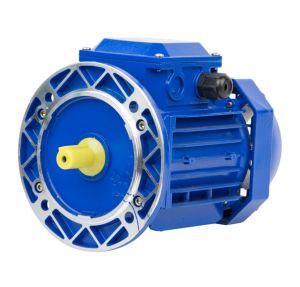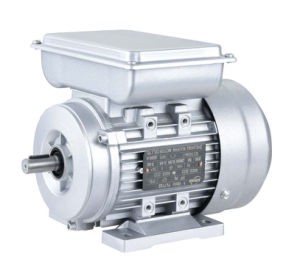High Efficiency AC Induction Three Phase Motor
Product description
The relative movement of an induction motor through the rotating magnetic field generated by the stator (its rotational speed is synchronous rotational speed n1) and the rotor winding. The rotor winding cuts the magnetic induction line to generate an induced electromotive force, thereby generating an induced current in the rotor winding. The induced current in the rotor winding interacts with the magnetic field to generate electromagnetic torque, causing the rotor to rotate. As the rotor speed gradually approaches the synchronous speed, the induced current gradually decreases, and the resulting electromagnetic torque also decreases accordingly. When the asynchronous motor operates in the motor state, the rotor speed is less than the synchronous speed. In order to describe the difference between rotor speed n and synchronous speed n1, a slip rate is introduced.

The rotor is a rotatable conductor, usually in the shape of a squirrel cage. The stator is the non rotating part of the motor, whose main task is to generate a rotating magnetic field. Rotating magnetic fields are not achieved by mechanical methods. Instead, alternating current is applied to a number of pairs of electromagnets, causing the properties of their magnetic poles to change cyclically, thus equivalent to a rotating magnetic field. This type of motor does not have a brush or collector ring like a DC motor. According to the type of AC power used, there are single-phase motors and three-phase motors. Single-phase motors are used for washing machines, electric fans, and so on; Three-phase motors are used as power equipment in factories.




Recommended products



